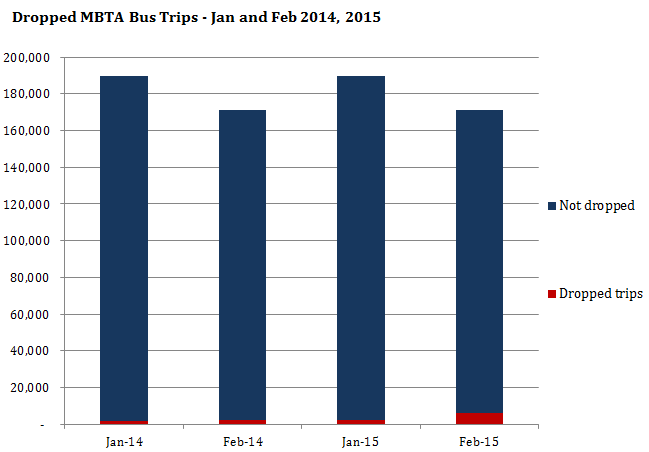- Joined
- Sep 15, 2010
- Messages
- 8,894
- Reaction score
- 271
I don't think we will see $4 fares anytime soon. I think Subway fares could reasonably rise to $2.25-$2.50 within the next few years, $2 for bus and $85-$90 for a LinkPass. I'd be fine wIth getting them to a sustainable level and then tying increases to a CPI index.
I think they will try to push through bigger changes to the RIDE fare structure. ADA trips are capped by law at 2x the Fixed Route fare, but I don't think there is a cap for the Premium trips. Also - as a Federally mandated program that costs the T around $60M a year - it seems a little tough to count this against them when considering funding levels, fare recovery, etc.
CharlieTicket/COB subway fares are already $2.65. CharlieCard $2.10.
CharlieTicket/COB bus is $2.10. CharlieCard is $1.60.
Perhaps the CharlieCard gap is getting a bit too cheap.

